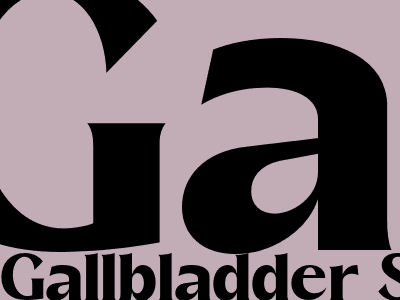Gallbladder Surgery: A Comprehensive Overview
What is Gallbladder Surgery?
Gallbladder surgery, also known as cholecystectomy, is a surgical procedure to remove the gallbladder, a small organ located beneath the liver. The gallbladder stores and concentrates bile, a fluid produced by the liver to digest fats.
When is Gallbladder Surgery Needed?
Gallbladder surgery is typically recommended for individuals with gallstones or other gallbladder-related conditions that cause pain, inflammation, or blockages in the bile ducts. Gallstones are hardened deposits of cholesterol or bilirubin that can form in the gallbladder and cause discomfort or complications.
Types of Gallbladder Surgery
- Open cholecystectomy: Involves a larger incision in the abdomen to remove the gallbladder.
- Laparoscopic cholecystectomy: A minimally invasive technique using small incisions and specialized instruments to remove the gallbladder.
Preparing for Gallbladder Surgery
Before surgery, patients typically undergo imaging tests (such as ultrasound or CT scans) to confirm the presence and size of gallstones. They may also need to fast or make dietary changes leading up to the procedure.
Patients should inform their doctor about any medical conditions, medications, or allergies they have.
Procedure and Recovery
Both open and laparoscopic cholecystectomy typically take less than two hours. During laparoscopic surgery, a surgeon uses a laparoscope (a thin, lighted instrument) inserted through a small incision to guide the removal of the gallbladder.
Recovery time varies depending on the type of surgery. Laparoscopic cholecystectomy is typically less invasive and results in shorter hospital stays and faster recovery times than open cholecystectomy.
Risks and Complications
As with any surgery, gallbladder surgery carries some risks and potential complications, including:
- Bleeding
- Infection
- Damage to surrounding organs
- Bile duct injury
Lifestyle Changes After Surgery
Following gallbladder surgery, some lifestyle changes may be necessary:
- Maintaining a healthy diet low in fat and cholesterol
- Avoiding large or fatty meals
- Getting regular exercise
Conclusion
Gallbladder surgery is a common procedure used to treat gallstones and other gallbladder-related conditions. While it is generally safe and effective, it is essential to be aware of the potential risks and complications before undergoing surgery. Consulting with a qualified surgeon and following post-operative instructions can help ensure a successful outcome.
Frequently Asked Questions (FAQs)
Q: How long does it take to recover from gallbladder surgery?A: Recovery time varies depending on the type of surgery. Laparoscopic cholecystectomy typically results in shorter recovery times than open cholecystectomy, ranging from a few days to a week.
Q: Can I eat normally after gallbladder surgery?A: You may experience temporary changes in digestion after gallbladder surgery. It is recommended to start with a low-fat, bland diet and gradually introduce other foods as tolerated.
Q: Will I need to take medication after gallbladder surgery?A: Your doctor may prescribe pain relievers or antibiotics after surgery. They will provide specific instructions on medication use and follow-up care.

Comments